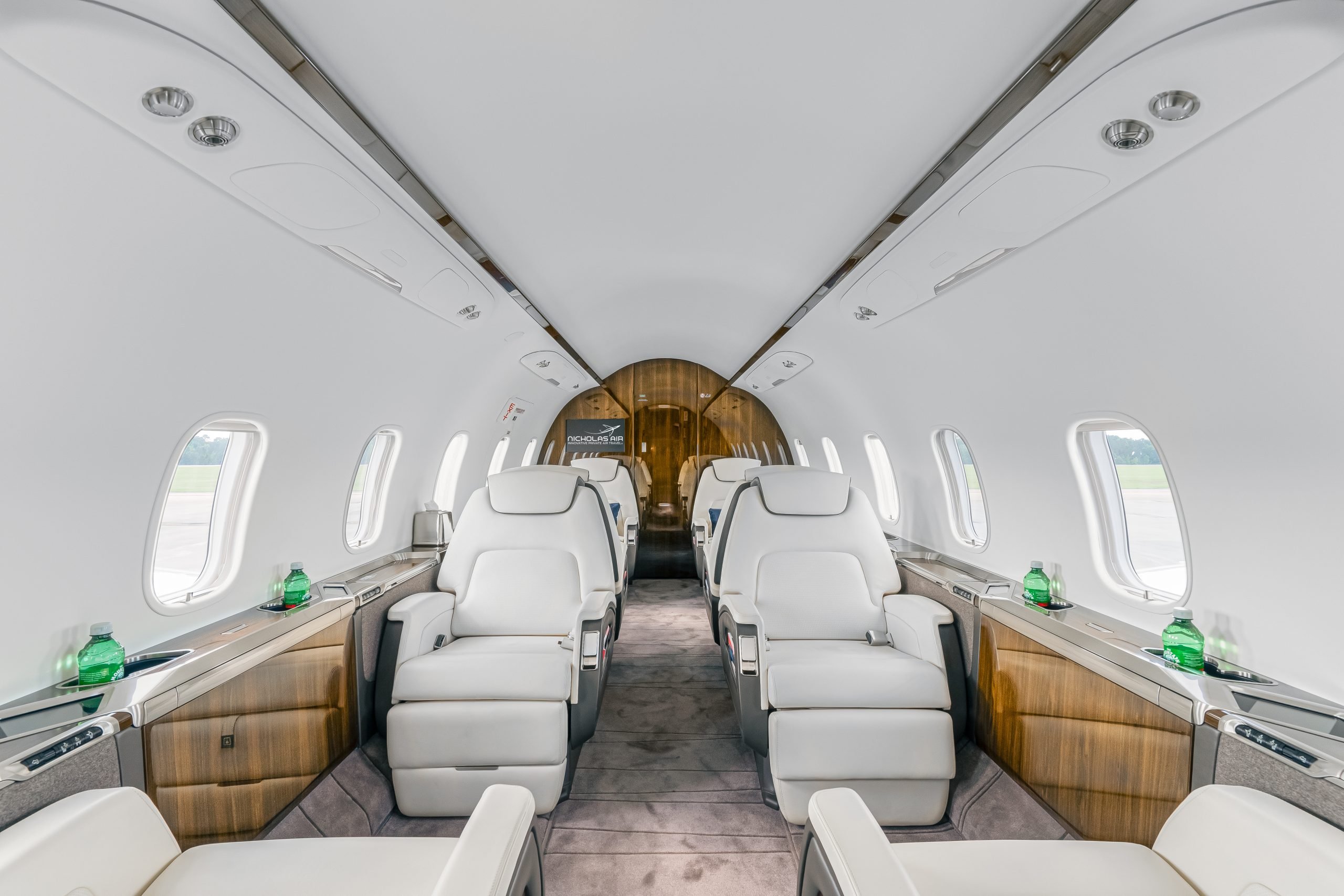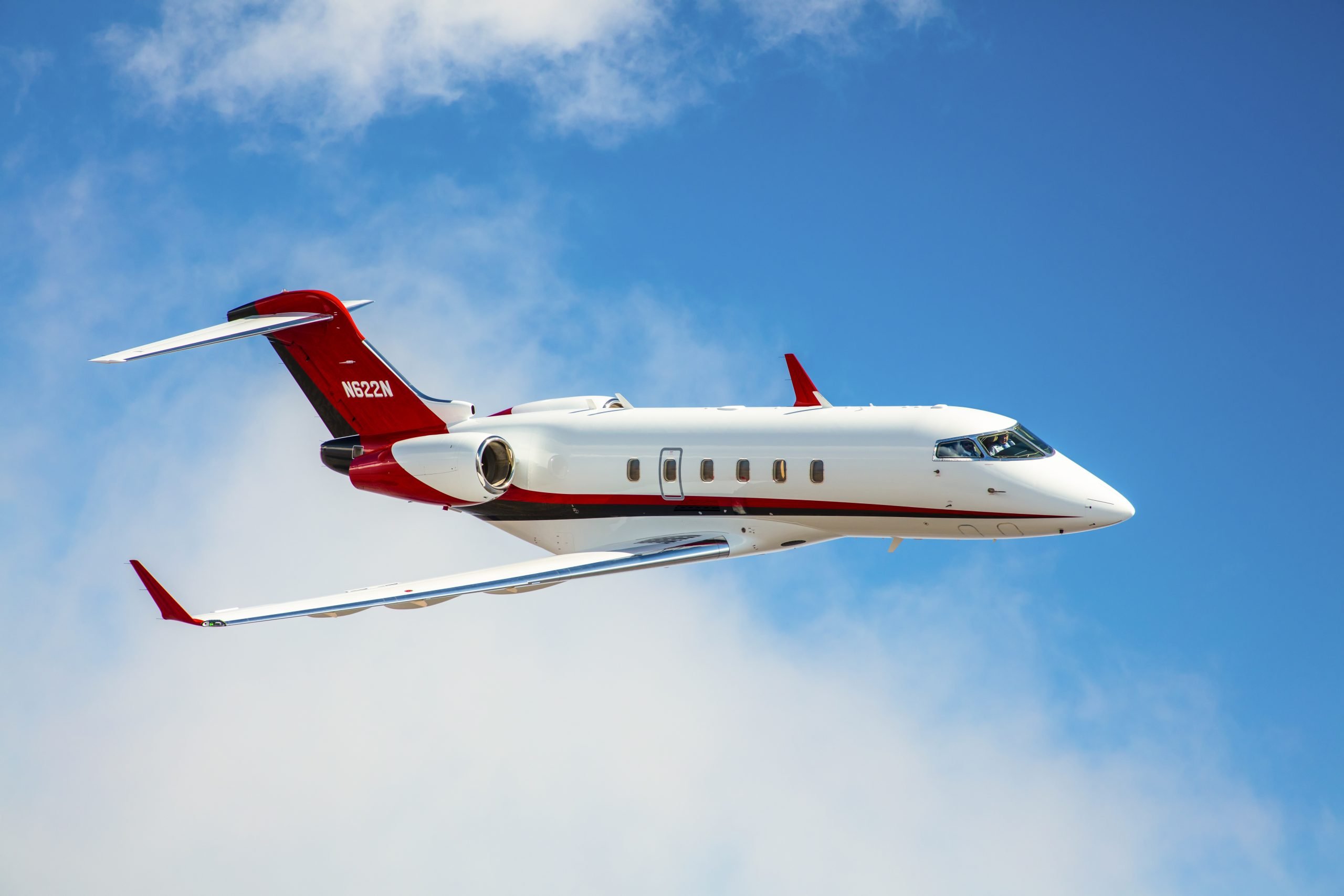If you are a frequent flyer of private/business aircraft, you may have noticed some subtle, and some not-so-subtle changes in the private aviation industry over the past few years. For example, you may have noticed a shrinking number of private aviation companies along with increased minutes on “daily minimums” and many more “peak days” during the year, as well as more equipment delays and maybe noticeable “wear and tear” on the planes you fly. And there’s a reason for that.
The effects of a years-long pandemic paired with an ever-expanding population of high net worth families, have meant both good and bad news for the private aviation industry.
The good news: Pandemic driven restrictions on commercial flights pushed those with the means to opt, as never before, for private air travel.

The bad news: Increases in flyers triggered some companies to announce ambitious expansion plans that were, shall we say, a bit overly optimistic, including unprecedented orders for new aircraft. Fulfilling this “record demand,” as Doug Gollan, editor of Private Jet Card Comparisons, describes it, also triggered “frenzied mergers and acquisitions activity.” Not to mention a whole lot of borrowing of money by aviation companies that shows no sign of waning. Why is that not a good thing?
According to Peder von Harten, President of private aviation firm, NICHOLAS AIR, “you continue to see massive investments into the space, but much of that is based on the swell of private aviation and the current flying environment, paired against the large amount of capital that the private equity and the venture capital funds need to deploy.”
Think of what is happening this way: First, a record number of clients want to fly private. So, the rosters of “members” at private aviation firms balloon. Good so far. But, as Gollan says, “Is the fleet big enough to accommodate the influx of flyers?” If the answer is “no,” that company, now flush with new clients, must either, A. buy more airplanes for on-fleet jet card flying, and/or B. increase the use of third-party operators.
And, as von Harten points out, the “open fleet” or “brokered jet cards” are struggling to retain market share because of the lack of consistency and reliability in the product. Or, to be specific, as von Harten says, “They find themselves asking, ‘Where am I going to find a plane to cover this trip tomorrow?'”
Seasoned private flyers may know the difference between “on-fleet” and “broker” flying, but for those who don’t:
On-fleet jet card flying, as its name implies, means you fly on a plane that your aviation company owns, maintains and operates. That is, one that is part of their “fleet.”
Broker flying means you book a flight with an aviation company, and it books you on another operator, either because it doesn’t have its own aircraft or it doesn’t have one of its airplanes available for you. Meaning that, for the most part, the plane you fly on is not owned by the aviation company that booked the flight.
The unstable dynamic of borrowing money to pay for new on-fleet planes (then often canceling the orders) pushes an aviation company to expand its “broker business.” It also hobbles a company’s ability to accommodate the higher costs that go with the “new” private aviation model which can lead to layoffs. Why should all of this matter to private aviation clients?
According to Peder von Harten, “Rising costs left many jet card providers with two options— price accordingly in the face of rising costs, or keep pricing the same but start expanding the window of what is an acceptable aircraft or what the quality profile is. Most companies have done the latter. They’ve expanded their aircraft offering to include older jets, less desirable aircraft in the market, and cut their service standards. Those older aircraft break more often and their parts are harder to find, resulting in stranded passengers with no backup options.”
The changing market, supply and demand, and finding third-party jets, also seems to affect the way aviation firms bill their clients. Take daily minimums measured in the number of minutes flown. According to Gollan, “If a company’s daily minimum is 60 minutes and a client flies 40 minutes, he or she is still billed for 60 minutes. Now, post pandemic, some companies have raised their daily minimum to 120 minutes. Meaning, now if you fly for 40 minutes, you are still billed for 120 minutes.”

He points out that a similar dynamic works with “peak days,” those days when demand and rates are higher, just like a “peak” ticket on a commuter train. What is happening here is that some aviation firms are expanding the number of peak days. According to the Private Jet Card Comparisons’ database of over 250 programs, the average number of peak days increased from 23 in 2020 to 49 this year.
On both these subjects and others, Gollan gives NICHOLAS AIR, which owns all of its planes and whose flights are 99 percent on-fleet, high marks for “maintaining pre-pandemic policies,” and he attributes this to what he calls the company’s “measured growth.” While providers often announced orders of 50 or 100 new planes, NICHOLAS AIR increases its fleet in increments that match its actual growth.”
Depending on who is doing the calculating of revenue, NICHOLAS AIR usually falls within the top 10 or 12 of all private aviation firms. However, when one “does the math” of revenue and losses, von Harten argues, “NICHOLAS AIR is really a top 5 or 6 in revenue, not to mention our research shows we are one of the most financially stable in the business right now.”
Gollan also mentions the exceptional condition of NICHOLAS AIR’s planes. As he describes it, “their planes average five years old and they have these cleaning brigades for their planes. Which means clients are flying in a plane that is in pristine condition.”
Not to mention, a plane that is as carefully maintained as it is polished. Which also avoids delays. As von Harten says, “if a broker plane has a cracked windshield, it could take a week to replace it. We have those windshields in stock.”
To sum up, von Harten says, “at NICHOLAS AIR, we are very smart about deploying our resources and very tactical about how we approach the market. There is no private equity here. There is no bailout. Never a furlough. Never a pay reduction during a pandemic. Never an office shut down. Since there is no fund manager to ask approval for something, we get to run our business based on analytics and the ‘art of running a business.’”
And perhaps the most important lesson an industry in flux can learn from what Gollan called the company’s “measured growth” is, as von Harten says, “it is the easiest way for us to ensure we keep the promise to our Members that the end product remains top notch.”
For more information about NICHOLAS AIR’s Jet Card programs and other private aviation services, visit their website at www.nicholasair.com.
